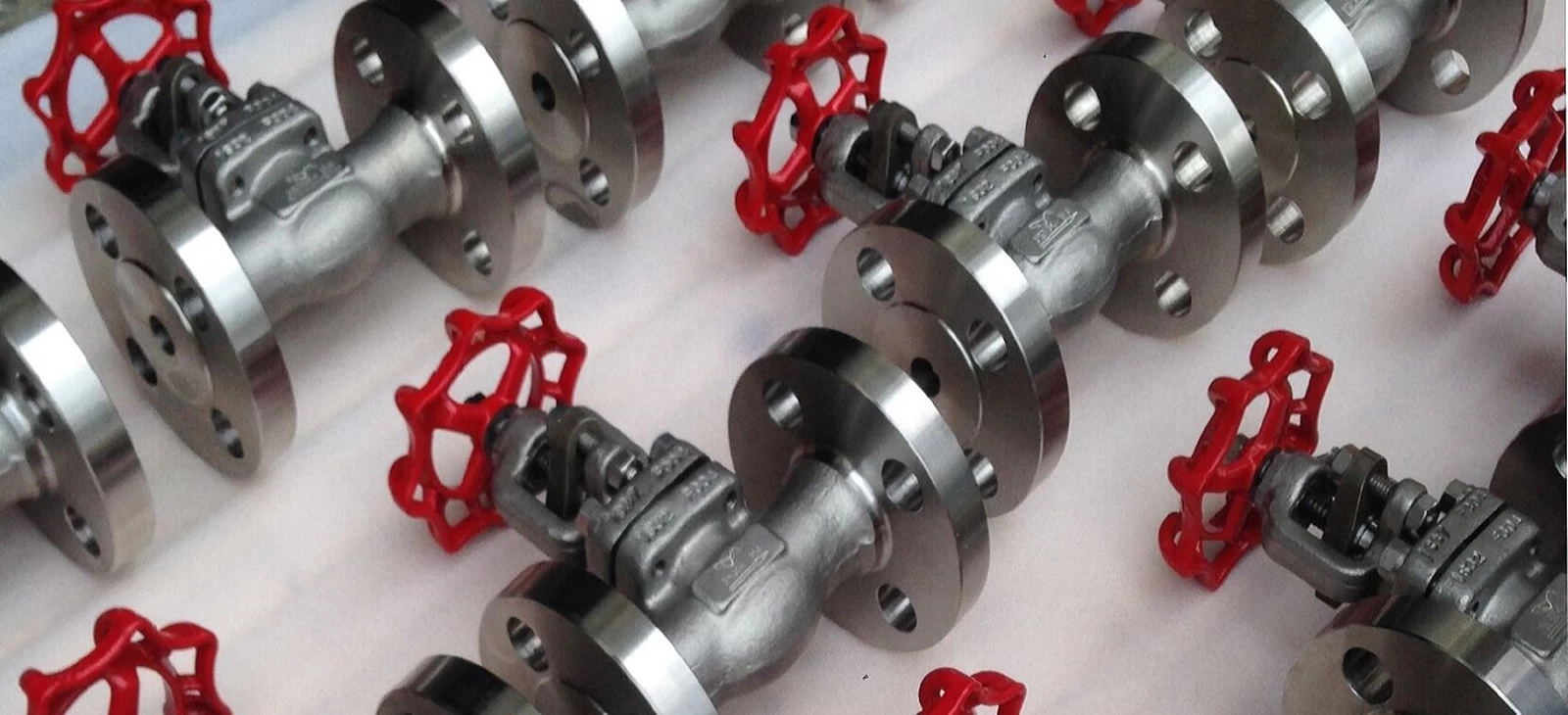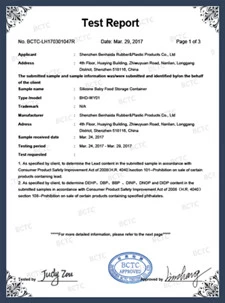Check valve highlighted in SpaceX anomaly investigation
Space X anomaly investigation
Article by David Sear
This year, the world celebrates the fiftieth anniversary of the first moon landing. It may be several decades since man last set foot on the lunar surface, but interest in space exploration continues apace. SpaceX for example is a company that designs, manufactures and launches advanced rockets and spacecraft. Headquartered in California, USA, the company was founded in 2002 to revolutionize space technology, with the ultimate goal of enabling people to live on other planets.
SpaceX has certainly gained worldwide attention for a series of historic milestones. It is reportedly the only private company capable of returning a spacecraft from low Earth orbit, which it first accomplished in 2010. The company made history again in 2012 when its Dragon spacecraft became the first commercial spacecraft to deliver cargo to and from the International Space Station.
Later SpaceX successfully achieved the historic first reflight of an orbital class rocket in 2017, and the company now regularly launches flight proven rockets. In 2018, SpaceX began launching Falcon Heavy, the world’s most powerful operational rocket by a factor of two.
Static fire engine tests
Invariably, such pioneering work may involve
setbacks. Recently for example SpaceX conducted a series of static fire engine
tests of the Crew Dragon In-Flight Abort test vehicle on a test stand at
SpaceX’s Landing Zone 1, Cape Canaveral Air Force Station in Florida.
According to the company website, Crew Dragon’s design includes two distinct
propulsion systems – a low-pressure bi-propellant propulsion system with
sixteen Draco thrusters for on orbit manoeuvring, and a high-pressure
bi-propellant propulsion system with eight SuperDraco thrusters for use only in
the event of a launch escape. After the vehicle’s successful demonstration
mission to and from the International Space Station in March 2019, SpaceX
performed additional tests of the vehicle’s propulsion systems to ensure
functionality and detect any system-level issues prior to a planned In-Flight
Abort test.
The initial tests of twelve Draco thrusters on the vehicle completed
successfully, but the initiation of the final test of eight SuperDraco
thrusters resulted in destruction of the vehicle. Following the anomaly, SpaceX
convened an Accident Investigation Team that included officials from the
National Aeronautics and Space Administration (NASA), and observers from the
Federal Aviation Administration (FAA) and the National Transportation Safety
Board (NTSB), and began the systematic work on a comprehensive fault tree to
determine probable cause.
Data reviews
Initial data reviews indicated that the anomaly
occurred approximately 100 milliseconds prior to ignition of Crew Dragon’s
eight SuperDraco thrusters and during pressurization of the vehicle’s
propulsion systems. Evidence shows that a leaking component allowed liquid
oxidizer – nitrogen tetroxide (NTO) – to enter high-pressure helium tubes
during ground processing. A slug of this NTO was driven through a helium check
valve at high speed during rapid initialization of the launch escape system,
resulting in structural failure within the check valve. The failure of the
titanium component in a high-pressure NTO environment was sufficient to cause
ignition of the check valve and led to an explosion.
In order to understand the exact scenario, and characterize the flammability of
the check valve’s titanium internal components and NTO, as well as other
material used within the system, the accident investigation team performed a
series of tests at SpaceX’s rocket development facility in McGregor, Texas.
Debris collected from the test site in Florida, which identified burning within
the check valve, informed the tests in Texas. Additionally, the SuperDraco
thrusters recovered from the test site remained intact, underscoring their
reliability.
It is worth noting that the reaction between titanium and NTO at high pressure
was not expected. Titanium has been used safely over many decades and on many
spacecraft from all around the world. Even so, the static fire test and anomaly
provided a wealth of data.
SpaceX has already initiated several actions, such as eliminating any flow path
within the launch escape system for liquid propellant to enter the gaseous
pressurization system. Instead of check valves, which typically allow liquid to
flow in only one direction, burst disks, which seal completely until opened by
high pressure, will mitigate the risk entirely. Thorough testing and analysis
of these mitigations has already begun in close coordination with NASA, and
will be completed well in advance of future flights.
 +86 512 68781993
+86 512 68781993 


















